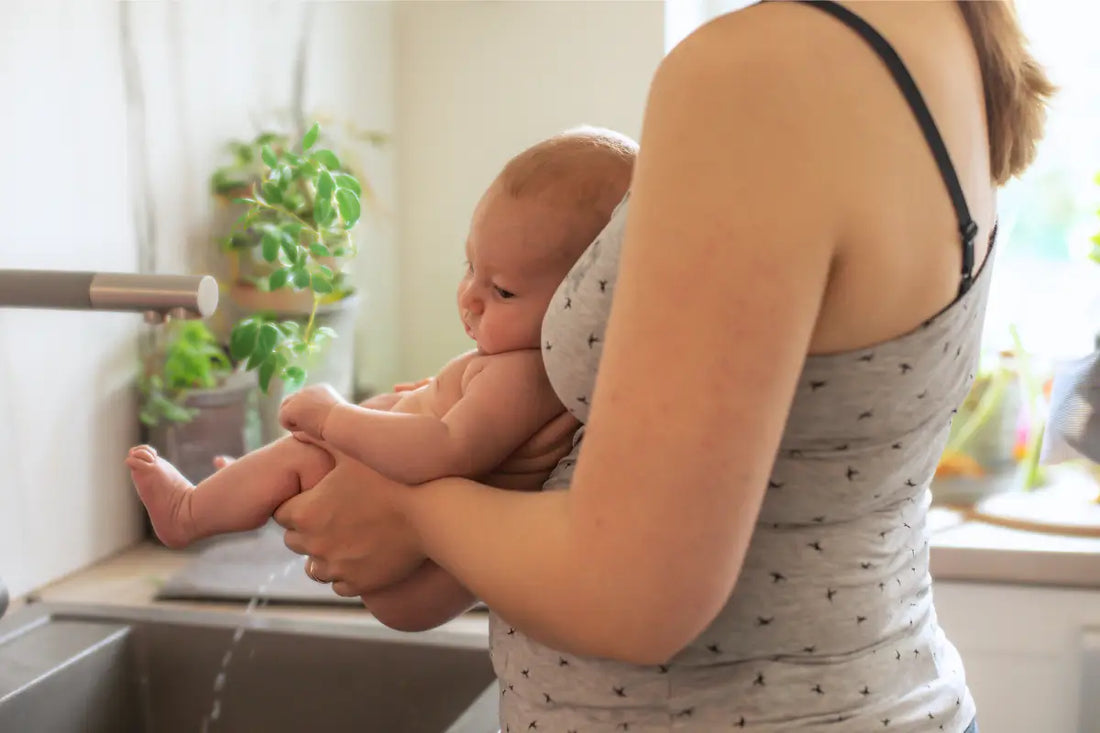
Baby Pottying: An Alternative Path to Potty Training
Pottying: An alternative route to potty training
Baby pottying, also called "Elimination Communication" (EC), offers an alternative solution to the traditional the potty training. This method can be a wind of change in your child's potty training journey, a journey of collaboration and communication with your child.
Baby Potting - A Deep Dive
EC is based on reading the child's signs that they need to go to the toilet and then assisting them to do so in a suitable place. A potty, a toilet, or why not in a sink? The main point is that it should be a safe place where the child feels comfortable.
Advantages of Baby Potting
EC can offer several advantages:
- Reduces diaper use: Contributes to a reduction in the number of diapers, which can be good for both the wallet and the environment.
- Strengthens Bonds: Increases communication and interaction between parent and child, which can strengthen the mutual bond.
- Promotes independence: Can encourage early independence and self-confidence in the child.
How to get started with potting
Create a safe place
Use a place that you feel comfortable with. For really small children, it can be in the frog position over the sink, or on your lap over a bucket or toilet. For older children, a smaller potty or toilet ring can work well. Remember that the place must be safe and child-friendly.
Observation and understanding
EC starts with careful observation. Notice when your child seems uncomfortable, anxious, or expresses the need to poop or pee. Each child is unique, so the specific signs vary. It can be anything from pulling the diaper, twisting, crying or even a certain look. The key is to become familiar with your child's individual signs.
Try potting
When you notice these signs, act immediately. Hold your child securely over a potty, toilet or other suitable place. While the baby is in this position, communicate with a specific sound signal or words. This recurring signal helps the child associate it with the act of using the potty.
Create routines
Routines can make potting much easier. Offer the potty at specific times of the day, such as after meals, naps, and at diaper changes. Even if nothing goes potty at these times, the routine helps the baby become comfortable with the process and will eventually coincide with the baby's natural need times.
Patience and positivity
Patience is key here. Remember that there will be progress and setbacks. Some days it will work perfectly, other days maybe not so much. But stay positive and encouraging. Celebrate small successes and don't make a big deal out of failures. It is part of the learning process.
Keep moving and adapt
EC is not an exact science and what works for one child may not work for another. Be prepared to adapt, change your methods and adjust to your child's needs. Listen to your child and trust your intuition. Remember, you and your child are learning together in this process.
With these steps in mind, you can begin your EC journey with your child. Keep in mind that this is a method that promotes trust and understanding between you and your child. This is a natural process that creates communication between parents and children, a communication that can be enormously rewarding.
Frequently asked questions about EC
When is the right time to start EC?
You can start EC at any time, even from the baby's first days. Some parents start early, while others wait until the child is a few months old. The key is to start when you feel ready.
Do I have to stop using diapers completely if I start EC?
No not at all. Many parents who practice EC still use diapers, especially in the beginning. Over time, as you and your baby get better at EC, you can start to cut back on diaper use.
What do I do if I miss the baby's signals?
It is completely normal to miss signals sometimes. No one is perfect and that is part of the learning process. If you miss a signal, just keep trying. Over time, you will get better at picking up on your baby's signals.
Is EC time consuming?
It can be, especially in the beginning before you have learned to read from the child. Many choose to offer the child an opportunity as part of the diaper change, it is not entirely unusual that it is precisely when the diaper comes off that the child chooses to relieve himself. But remember that it is an investment in both your child's independence and in your relationship, and be humble about the fact that there will be periods when routines change.
EC is an alternative potty training technique that has many benefits, but it requires time, patience and commitment on the part of parents. By listening to your child and responding to their needs, you can build strong communication and strengthen your bond. Whether you choose to pursue EC full-time, part-time, or sporadically, remember that every little bit of progress is a success in itself. Over time, you will find a routine and methods that work best for you and your child in your potty training journey. Good luck!
If your child is over 12 months, you can read and get tips on potty training here.
